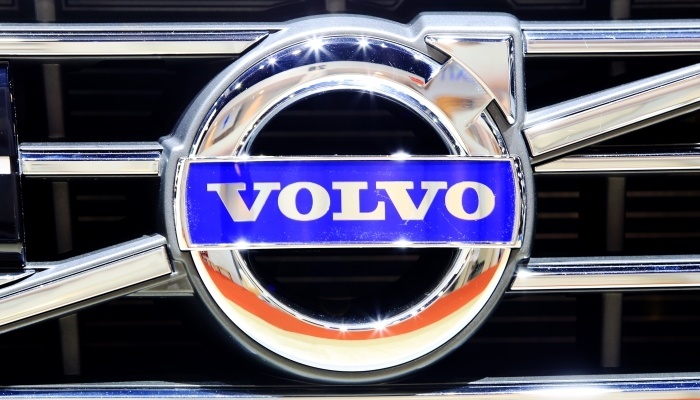
Volvo (Nanhatai8/Bigstock.com)
Reclining seats and pop-up TVs are at the heart of Volvo's new cabin concept, which hints at what UK car journeys may be like in the future.
The design, called Concept 26, has been created for driverless cars and will enable passengers to kick back and relax, listen to music, watch a film – or even do some work.
Volvo's research revealed that people were most willing to hand over control to an autonomous system during their daily commute or on long motorway journeys.
The cabin is designed to let drivers and passengers 'do something more meaningful than sitting in stop-and-go traffic'.
Robin Page, Vice President of Interior Design at Volvo Cars, said: "Our research clearly shows that some people will want to use their commuting time creatively when they have full autonomous drive available, while others will want to just sit back and relax, watch online media or listen to music."
The seat morphs into one of three modes: 'Drive', 'Create' and 'Relax'.
For those who wish to do some work, they can make use of the table that slides out from the door.
The Swedish company's Drive Me research program will see fully driverless cars on the streets of Gothenburg by 2017.
Seat technology firm Johnson Controls believes there will be a 'paradigm shift' in how car interiors look in around 2035. Dr Detlef Jürss, the group's vice president, is quoted on MailOnline as saying: “It is not something that will happen overnight, though, but rather over a period of gradual development.”
“In the future, the role of the person in the driver's seat will shift from that of an 'active driver' to that of a 'supervisor' who must be able to intervene whenever necessary.
“The seat will become a multi-talented interior component that provides its strengths in safety, comfort, and entertainment.”
Seats facing each other
Many driverless cabin plans visualise passenger seats that face each other, such as designs by Johnson Controls and Mercedes-Benz with its F 015 autonomous research vehicle. This could bring a much more social element to car travel, encouraging conversation and interaction.
However, if Dr Detlef Jürss’ 2035 estimate is correct, it will be some time before we get to experience such a car.




